The Challenge
Around the world nearly 98 million girls are not in school. Globally, 1 in 3 women will experience gender-based violence in her lifetime. In the developing world, 1 in 7 girls is married before her 15th birthday, with some child brides as young as 8 or 9. Each year more than 287,000 women, 99 percent of them in developing countries, die from pregnancy- and childbirth-related complications.
While women make up more than 40 percent of the agriculture labor force only 3 to 20 percent are landholders. In Africa, women-owned enterprises make up as little as 10 percent of all businesses. In South Asia, that number is only 3 percent. And despite representing half the global population, women comprise less than 20 percent of the world's legislators.
The Opportunity
Investing in gender equality and women’s empowerment can unlock human potential on a transformational scale.
Women account for one-half of the potential human capital in any economy. More than half a billion women have joined the world’s work force over the past 30 years, and they make up 40 percent of the agriculture labor force. According to the World Bank, countries with greater gender equality are more prosperous and competitive.
An extra year of secondary school for girls can increase their future earnings by 10-20 percent. Girls with secondary schooling are up to 6 times less likely to marry as children than those with little or no education. And countries that invest in girls’ education have lower maternal and infant deaths, lower rates of HIV and AIDS, and better child nutrition.
When women participate in civil society and politics, governments are more open, democratic and responsive to citizens. When women are at the negotiating table, peace agreements are more inclusive and durable. And simply by empowering women farmers with the same access to land, new technologies and capital as men, we can increase crop yields by as much as 30 percent helping to feed a growing population.
Our Strategy
At USAID, we believe that gender equality and women’s empowerment isn’t a part of development but the core of development.
Progress cannot be delivered in a vacuum. For societies to thrive, women and girls must have access to education, healthcare, and technology. They must have control of resources, lands, and markets. And they must have equal rights and equal opportunities as breadwinners, peace-builders and leaders.
That’s why we have gender programs in more than 80 countries. In 2012, we released our Gender Equality and Women’s Empowerment Policy [PDF, 2.7 MB], cementing our commitment to supporting women and girls. Building on this critical foundation and decades of experience, we’re ensuring all our strategies and programs are shaped by a gender analysis, and establish metrics that measure the gender impact of our programs.
Through Feed the Future, we’re advancing policy changes that give women access to financial services and ownership of the very land they tend. One year after launching Saving Mothers, Giving Life in Uganda and Zambia, the public-private partnership program has reduced maternal mortality by roughly a third. In Afghanistan, the Promoting Gender Equality in National Priority Programs (PROMOTE) Partnership is the largest investment we have ever made to advance women and girls in development.
Related Resources
Gender and Extreme Poverty Discussion Paper
Blog Posts
5 Ways to End Poverty by Focusing on Women and Girls
3 Myths About Women and Violent Extremism
Leadership at USAID Q&A: Susan Markham Shares Why Gender Equality Matters
From Kenya to Kabul: Women as Decision-Makers, Entrepreneurs, and Leaders
My Commitment, Her Empowerment, Our Shared Progress
Girl Coders Fight Sexual Harassment
Girls' Basketball Bounces Back in Somalia
How Jordan's Fearless Females are Paving the Way for Future Generations
Carrying the Torch for Gender Equality
Infographics
Addressing Gender-Based Violence [PDF, 400K]
Gender Equality=Smarter Development
Closing the Digital Gender Gap [PDF, 541K]







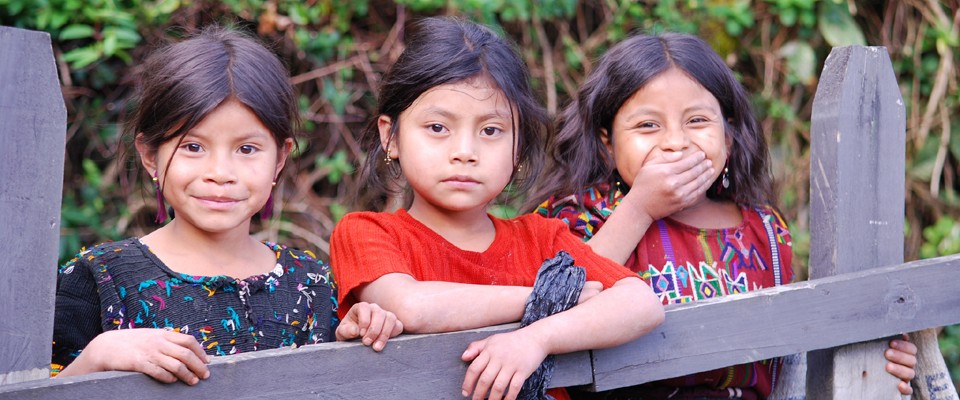
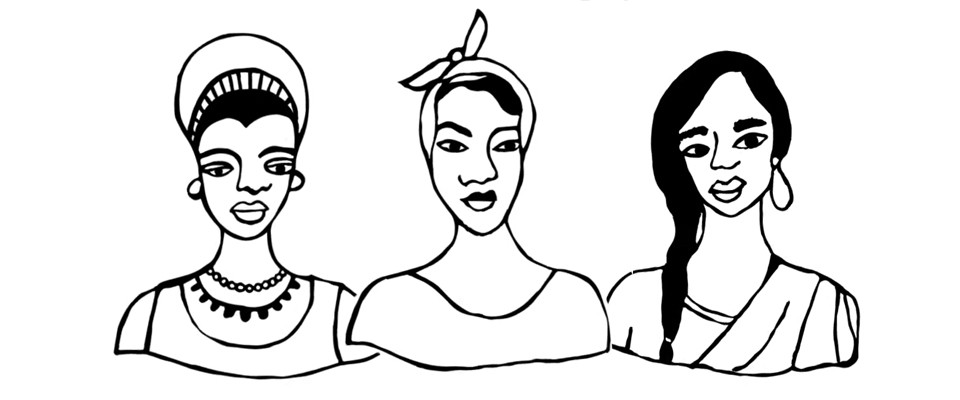
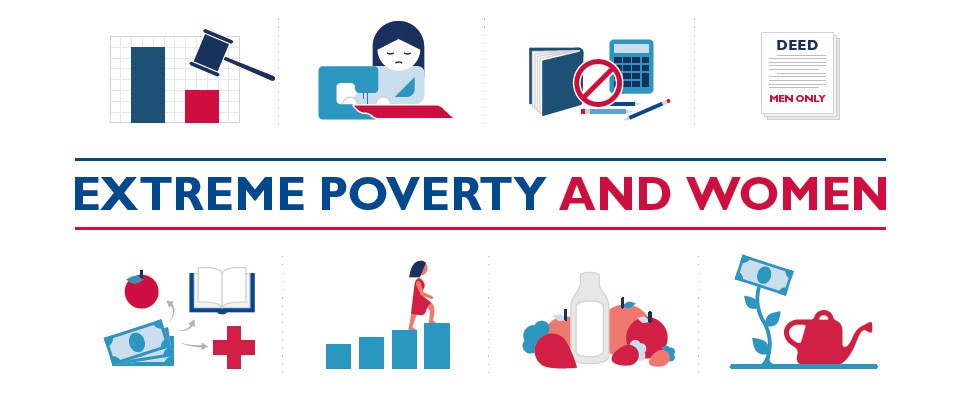
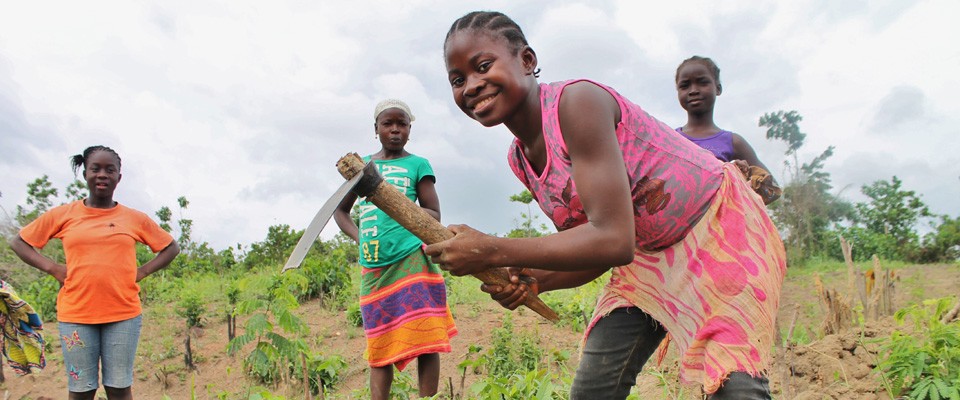
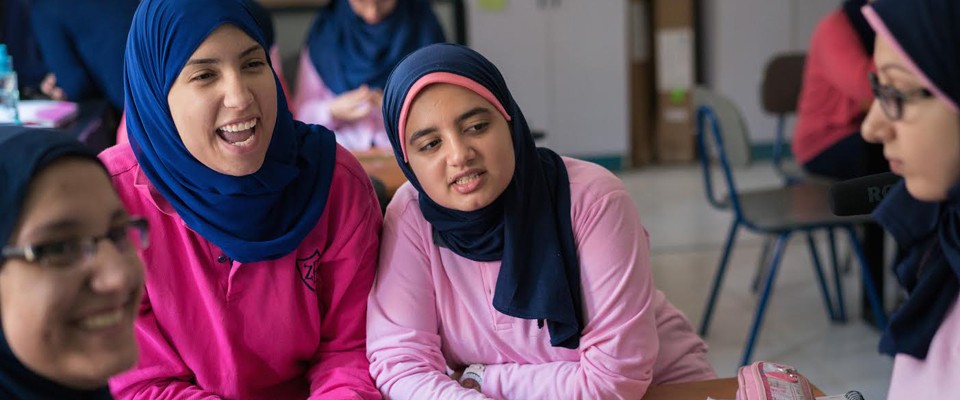


Comment
Make a general inquiry or suggest an improvement.